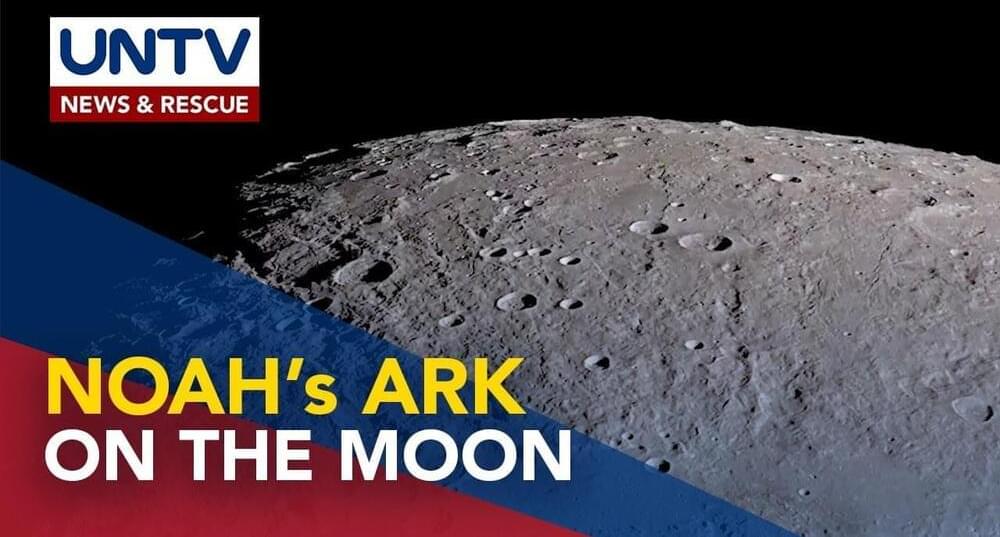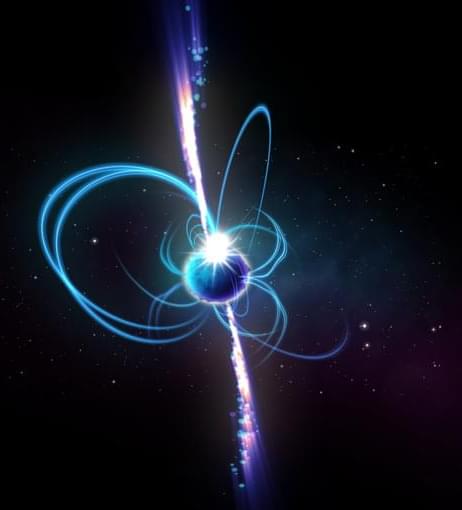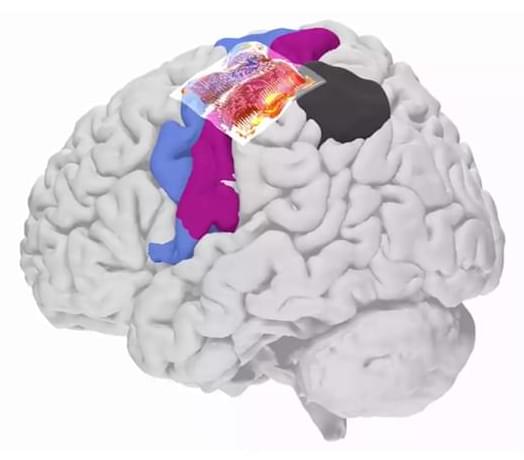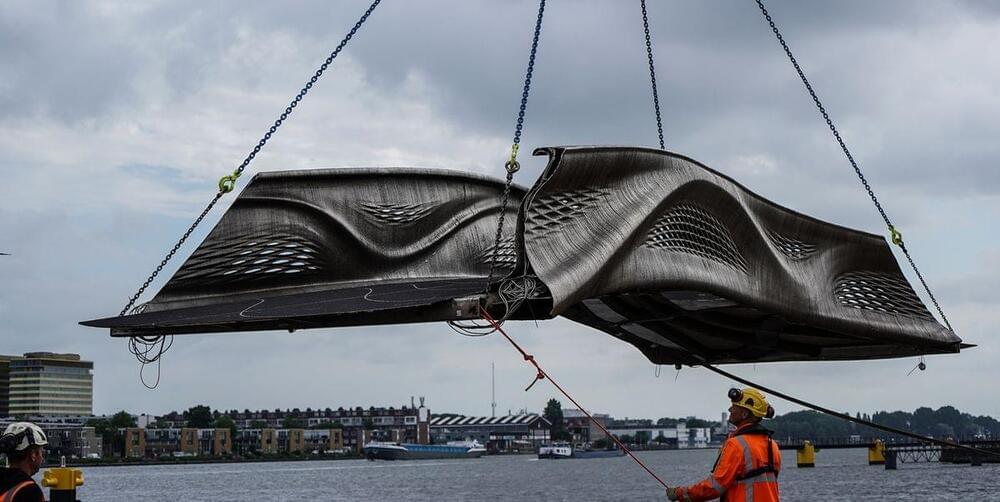
On the largest cosmic scales, planet Earth appears to be anything but special. Like hundreds of billions of other planets in our galaxy, we orbit our parent star; like hundreds of billions of solar systems, we revolve around the galaxy; like the majority of galaxies in the Universe, we’re bound together in either a group or cluster of galaxies. And, like most galactic groups and clusters, we’re a small part of a larger structure containing over 100,000 galaxies: a supercluster. Ours is named Laniakea: the Hawaiian word for “immense heaven.”
Superclusters have been found and charted throughout our observable Universe, where they’re more than 10 times as rich as the largest known clusters of galaxies. Unfortunately, owing to the presence of dark energy in the Universe, these superclusters — including our own — are only apparent structures. In reality, they’re mere phantasms, in the process of dissolving before our very eyes.
The Universe as we know it began some 13.8 billion years ago with the Big Bang. It was filled with matter, antimatter, radiation, etc.; all the particles and fields that we know of today, and possibly even more. From the earliest instants of the hot Big Bang, however, it wasn’t simply a uniform sea of these energetic quanta. Instead, there were tiny imperfections — at about the 0.003% level — on all scales, where some regions had slightly more or slightly less matter and energy than average.









